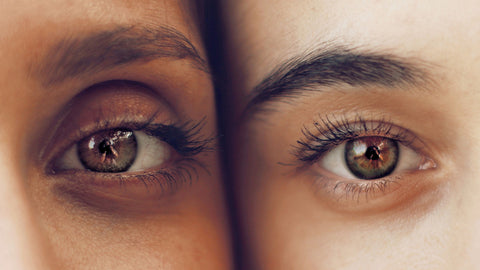Lazy Eye, or Amblyopia, is the condition wherein vision is diminished in one or both eyes and is not to be mistaken for other eye conditions such as near or farsightedness and astigmatism. There are usually two categories for the amblyopia. There’s the amblyopia and the toxic amblyopia. The former occurs more often in young children whose eyes are not properly lined up, which is a condition called strabismus. To counter the presence of a double vision, the brains works to prevent vision on one eye while the other eye does all the work, hence the name “lazy eye.” Over time, the inner structures of the stagnate or atrophy, although the symptoms may not at all be present. Unfortunately, by the time the symptoms appear, the vision may have become permanently damaged. There are cases when the symptoms can be very obvious. The eyes may either turn outward or in, or the eyes may not be looking at the same direction.
Treatment
To treat the condition, the most important thing is to pay immediate attention to correcting the misalignment of the eyes. Corrective eyeglasses can help, as while as using a patch. Patching forces the use of the lazy eye, which in turn helps in developing binocular vision. Another treatment found to be effective is using atropine eye drops. One drop can be placed on the good eye every day. This drop blurs the vision in the good eye which forces the other one to strengthen its visual capabilities. One advantage of using drops is that it doesn’t require constant vigilance, especially when you are dealing with a child who may be apprehensive about wearing a patch.
Surgery
However, for some people still resort to corrective surgery for treatment. Surgery is considered the best corrective treatment for amblyopic children possessing a fundamental physical problem such as strabismus. Undergoing surgical procedures such as Lasik surgery can correct the muscle disorder that causes the strabismus in the first place. The end result is that the eyes can focus together and see better. Still, many doctors say though, that eye surgery does not restore the normal binocular vision, which is a process controlled by the brain. All surgery might accomplish is to make the eye appear more “normal” or straighter by cutting it and repositioning the eyes. So while there might be a cosmetic fix, it may not fix the underlying visual problems which triggered the lazy eye in the first place. Surgery alone cannot correct the brain’s habit of using just one eye. In order for the problem to be truly fixed, the brain must learn to use both eye more properly.

